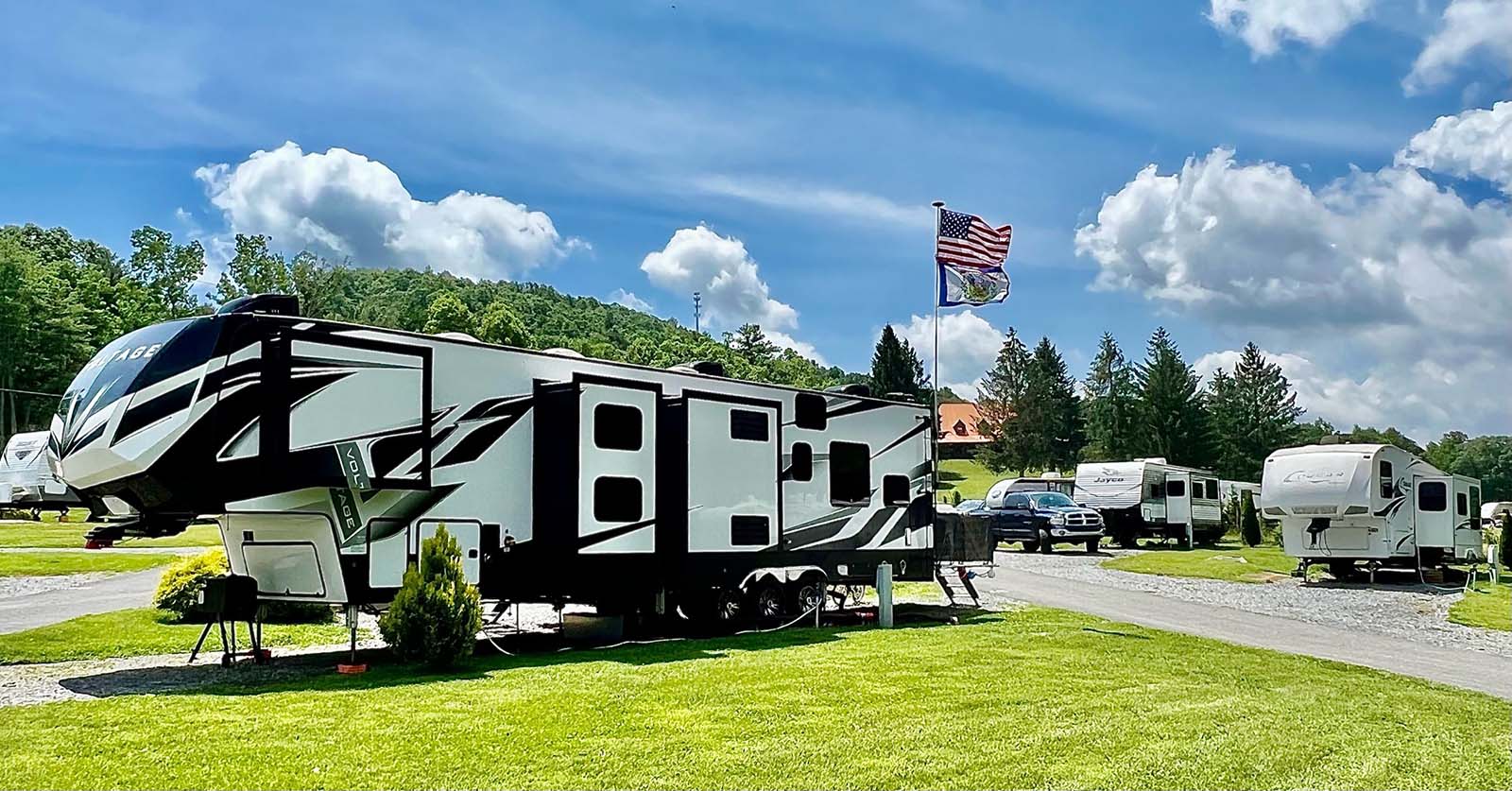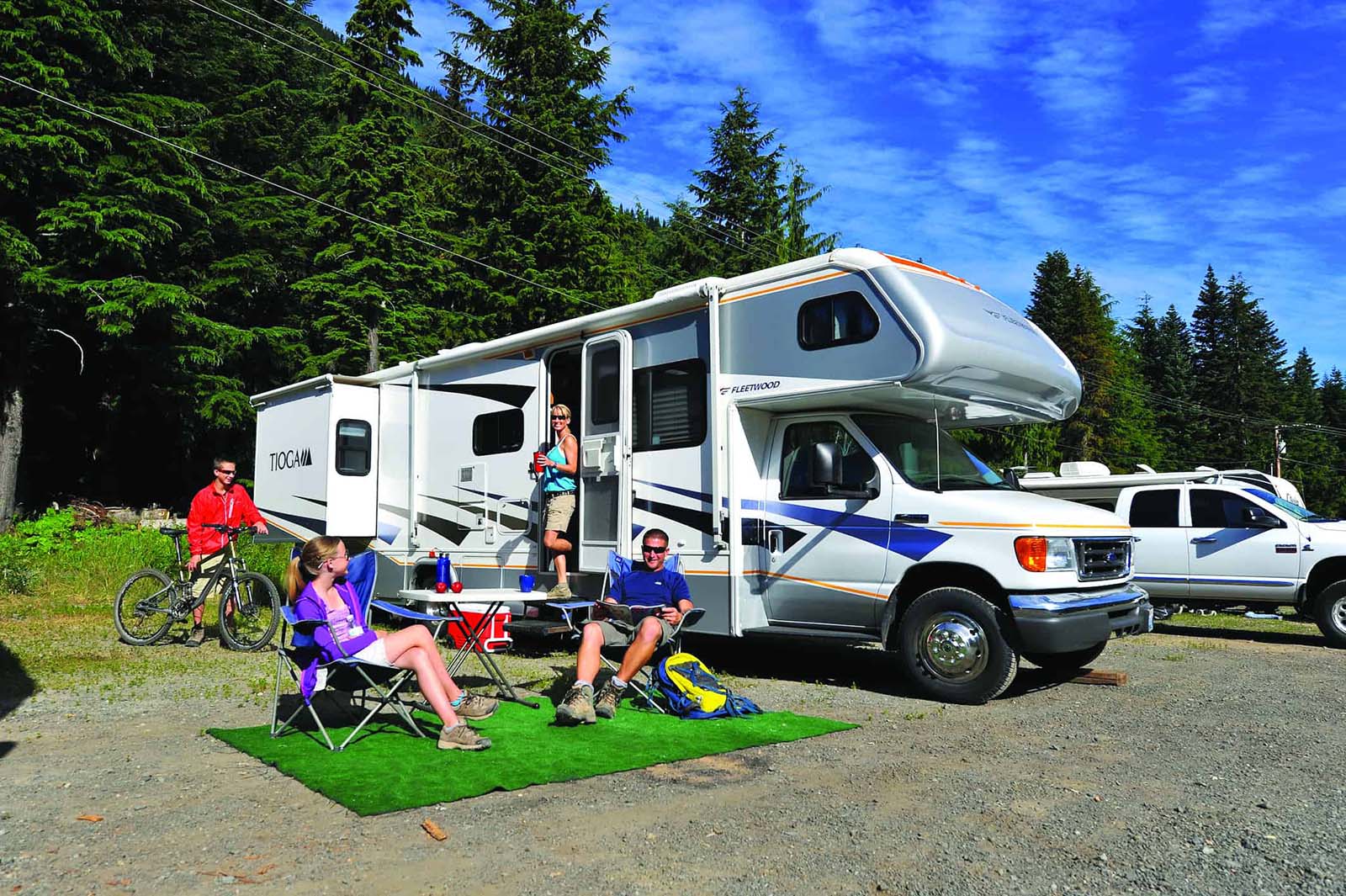How to Jump Start an RV Battery

Introduction: Jump-starting an RV battery can be a straightforward process if you follow the correct steps. Whether you accidentally left the lights on overnight or the battery is just old and needs a boost, this guide will provide you with a step-by-step procedure to jump-start your RV battery safely and efficiently. Remember, safety should always be the top priority when dealing with electrical components. So, let’s dive into the instructions!
H2: Tools Required To jump-start an RV battery, you’ll need a few essential tools. Make sure you have the following items on hand before you begin the procedure:
1. Jumper Cables: Ensure you have a reliable pair of jumper cables that are long enough to reach from one vehicle’s battery to the other. 2. Portable Power Source: If you don’t have access to another vehicle for jump-starting, having a portable power source can be incredibly useful. It acts as a substitute for another vehicle’s working battery. 3. Safety Gear: It’s always a good idea to wear safety goggles and gloves to avoid any accidental contact with battery acid or other harmful substances.

H2: Precautions to Take Before proceeding with jump-starting the RV battery, take the following precautions to ensure your safety:
1. Turn off the Engine: Make sure the ignition is off in both the RV and the vehicle providing the jump-start to prevent any electrical mishaps. 2. Battery Inspection: Examine the RV battery for any visible damage, leaks, or signs of corrosion. If you notice any such issues, do not attempt to jump-start the battery and seek professional assistance. 3. Read the Manuals: Refer to the owner’s manuals of both vehicles involved in the process for specific instructions and precautions related to their batteries.
H2: Step-by-Step Instructions Follow these steps to jump-start your RV battery successfully:

1. Position the Vehicles: Park the RV and the vehicle providing the jump-start close enough for the jumper cables to reach both batteries comfortably. 2. Connect the Cables: Identify the positive (+) and negative (-) terminals on both batteries. Attach one end of the red jumper cable to the positive terminal of the working vehicle’s battery and the other end to the positive terminal of the RV battery. Then, connect one end of the black jumper cable to the negative terminal of the working vehicle’s battery and the other end to a metal ground point on the RV, away from the battery. 3. Power Up: Start the working vehicle’s engine and let it run for a few minutes to transfer power to the RV battery. 4. RV Ignition: Attempt to start the RV engine. If it starts without any issues, carefully disconnect the jumper cables in the reverse order they were connected. 5. Charging the RV Battery: Alternatively, if the RV engine doesn’t start, allow the working vehicle to run for a longer period to charge the RV battery. After some time, attempt to start the RV engine again.
H2: Conclusion Jump-starting an RV battery can get you back on the road and enjoying your adventures. Remember to have the necessary tools, take safety precautions, and follow the step-by-step instructions provided in this guide. If you encounter any difficulties or if the battery remains unresponsive, it’s recommended to consult a professional technician to diagnose and resolve any underlying issues. Stay safe and happy RVing!

